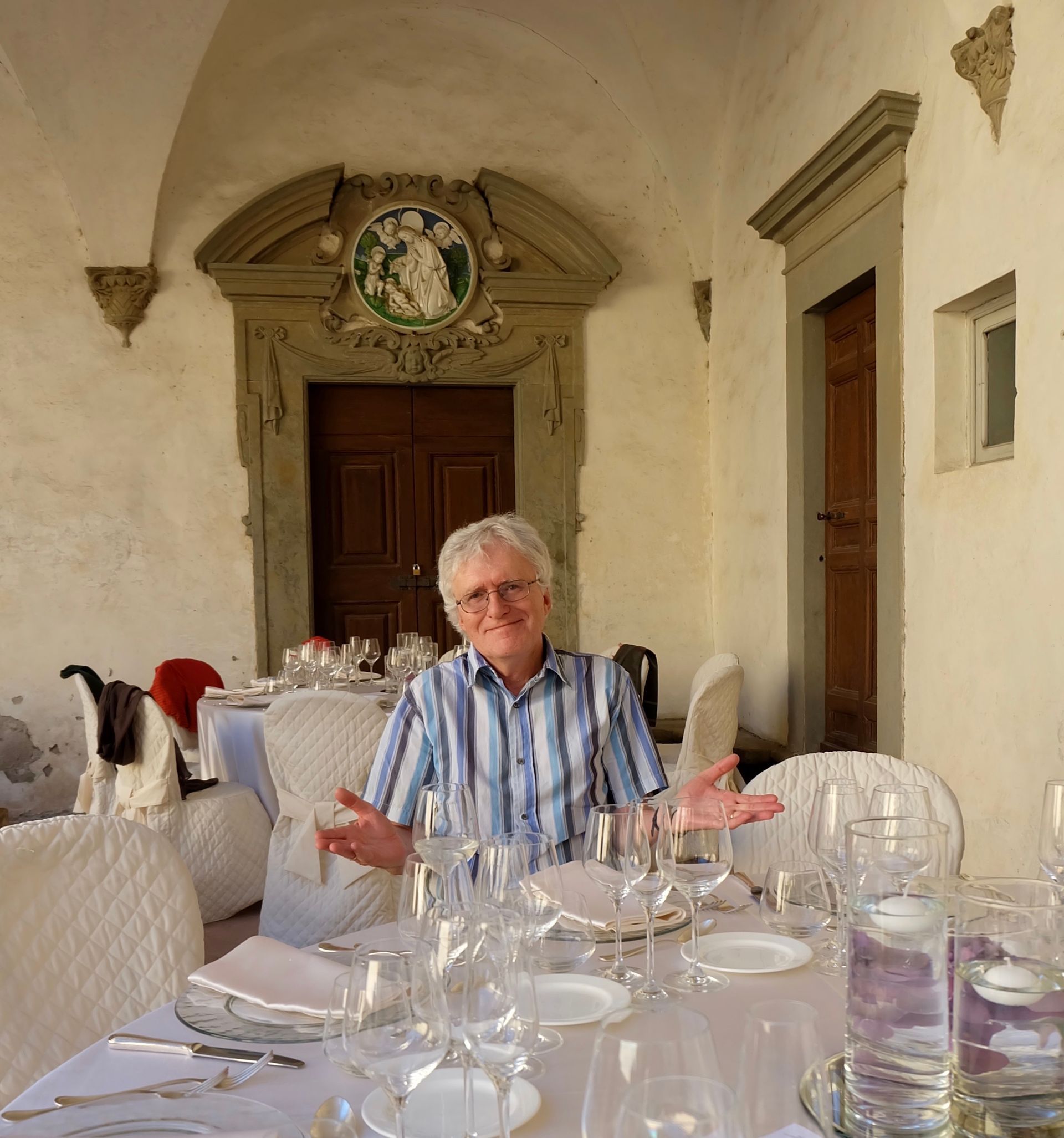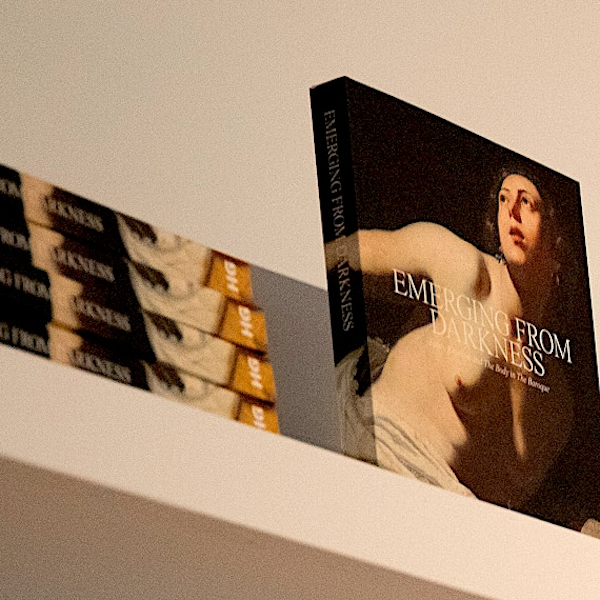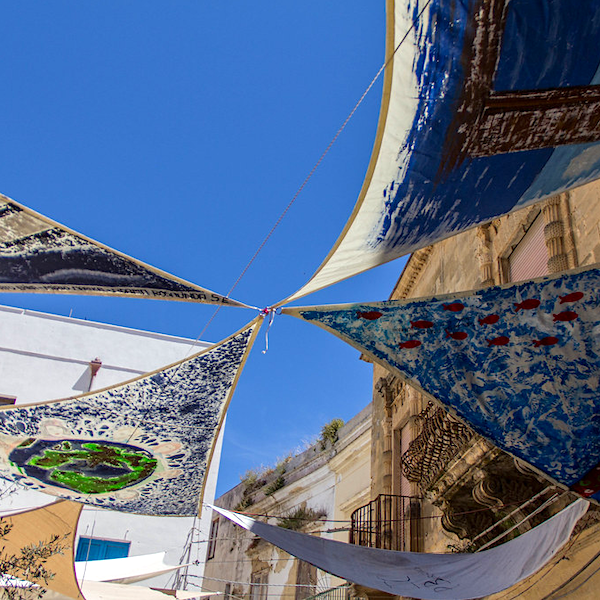Women, terrorism and trauma in Italian culture
Ruth Glynn University of Bristol
Women’s participation in terrorist activity in Italy provides fertile terrain for scholars interested in issues of cultural, political and socio-psychological importance in contemporary Italy.  My own fascination with the topic goes back to the re-emergence of domestic terrorism in Italy at the turn of the millennium and especially to the year 2003, which saw the arrest and unveiling of Nadia Lioce as leader of the ‘New Red Brigades’ and mastermind behind the organization’s killing of government consultants Massimo D’Antona in 1999 and Marco Biagi in 2002. 2003 also witnessed the 25 th
anniversary of the 1978 kidnapping and murder of Christian Democrat party president, Aldo Moro, and the release of two important films exploring the phenomenon of terrorism through the eyes and experience of a female protagonist: Marco Bellocchio’s Buongiorno, notte
and Marco Tullio Giordana’s La meglio gioventù
.
My own fascination with the topic goes back to the re-emergence of domestic terrorism in Italy at the turn of the millennium and especially to the year 2003, which saw the arrest and unveiling of Nadia Lioce as leader of the ‘New Red Brigades’ and mastermind behind the organization’s killing of government consultants Massimo D’Antona in 1999 and Marco Biagi in 2002. 2003 also witnessed the 25 th
anniversary of the 1978 kidnapping and murder of Christian Democrat party president, Aldo Moro, and the release of two important films exploring the phenomenon of terrorism through the eyes and experience of a female protagonist: Marco Bellocchio’s Buongiorno, notte
and Marco Tullio Giordana’s La meglio gioventù
.
Margherita Cagol
The particular coincidence of cultural and historical factors led me to direct my research efforts in the field towards cultural representations of women’s participation in terrorism, from the period known as the anni di piombo (‘years of lead’, c. 1969-83) to the present. As I would soon discover, Nadia Lioce was far from an exception in the gender profile of political militancy in Italy, where women made up 20% of both the membership and leadership of left-wing organizations (participation in right-wing groups was much lower). The earliest known female terrorist, Margherita Cagol – a founding member of the notorious Red Brigades and the first of their number to be killed in action in 1975 – had attained the status of popular icon or cult figure, admired, romanticized and mourned by a certain section of the left-wing public. Then, in the 1990s, a number of female former members of terrorist organizations – among them Adriana Faranda, Barbara Balzerani and Susanna Ronconi on the political left, and Francesca Mambro on the right – had come to prominence in the public sphere, recounting their experience of political violence on television shows and in a series of memoirs and other publications dedicated to the events and legacy of the anni di piombo .
While the number of women involved in terrorism in Italy is considered to be high, relative to other cultural contexts, it is nonetheless the case that both individual women and the female component of terrorist organizations as a whole have been disproportionately subject to intense public debate, media scrutiny and cultural representation in Italy. Moreover, whether vilified, belittled or spectacularized, women’s involvement in acts of political aggression has been portrayed very differently to that of men, and subjected to far more anxious – and often idiosyncratic – attempts to explain it. In a bid to understand fully why that should be the case, I found myself exploring the intersection between trauma theory and gender studies. I had already concluded from my study of the broader field that Italian culture had developed in relation to the experience of political violence in the anni di piombo a defensive amnesia symptomatic of collective trauma. Now, focusing quite specifically on cultural representations of women’s involvement in acts of political aggression, I came to formulate the thesis that women’s contribution to the political violence of the anni di piombo is articulated in Italian culture as a form of psychic ‘double wound’.
In elaborating that thesis, I was indebted to Sergio Lenci’s articulation of the extreme distress generated by the presence of a woman in the group of terrorists who shot him at close range. In his memoir, Colpo alla nuca (1988) – a unique account by the survivor of a terrorist attack intended to kill – Lenci effectively ignores the man who shot and wounded him in favour of detailed exploration of the psychological effects of a woman’s involvement in the attack on his life. I found his declaration that ‘a woman wounds you twice with respect to a man’ encapsulated and articulated perfectly the overt and disproportionate anxiety associated with female perpetration in Italian culture; it thus provided both the starting point and the premise for the trauma studies approach to my exploration of cultural representations of women and terrorism in Italy. I was further aided in my efforts by Hilary Neroni’s work on cinematic representations of The Violent Woman (2005); as Neroni observes, masculinity is defined in the cultural imaginary primarily through violence, while femininity is defined in relation to vulnerability and an associated need for male protection. The figure of the violent woman exposes and undermines the ideological fantasy of male/female complementarity, and it is in that disruption to the social order that the culturally traumatic significance of female violence lies.
Building on that position, I developed as the central thesis of my book, Women, Terrorism and Trauma in Italian Culture (Palgrave Macmillan, 2013) the proposition that Italian culture consistently construes women’s involvement in acts of political aggression as an intensification or augmentation of the psychological and cultural threat already posed by domestic terrorism, and I set out to explore the diverse ways in which cultural products could be read as symptomatic of the collective and cultural trauma associated with female gendered violence. I discovered that an antithetical understanding of the relationship between women and violence surfaced in almost every single text studied; it featured across all media, from press representations of the 1970s to those of the 2000s, and from the narratives of former terrorists to literature and films centred on the victims of Italian terrorism. Applying Neroni’s understanding to the Italian case, I saw that, in a bid to counter the traumatic disruption of the female terrorist, cultural production addressing the anni di piombo displayed a (sometimes hysterical) tendency to exaggerate or pathologize women’s participation in political violence. This was perhaps best exemplified by those texts that present violence as the preserve of mad or bad women (in the cinema of pentitismo in the 1980s , for instance) or that deploy a subverted love story to tell a cautionary tale, in which women who participate in political violence are subject to enduring social and cultural penalties that forever prohibit their re-incorporation into the feminine norm. Such modes of representation may be interpreted as cultural defence mechanisms that underline the trauma of the female terrorist and the power she exerts on the cultural imaginary.
Given the on-going relevance of gender inequality in Italian society, the topic of women, terrorism and trauma remains a pertinent one for scholars of contemporary Italian culture, speaking as it does to issues that extend far beyond the confines of the legacy of political violence and into the everyday terrain of the cultural mediation of gender relations, social anxieties and collective psychology.









